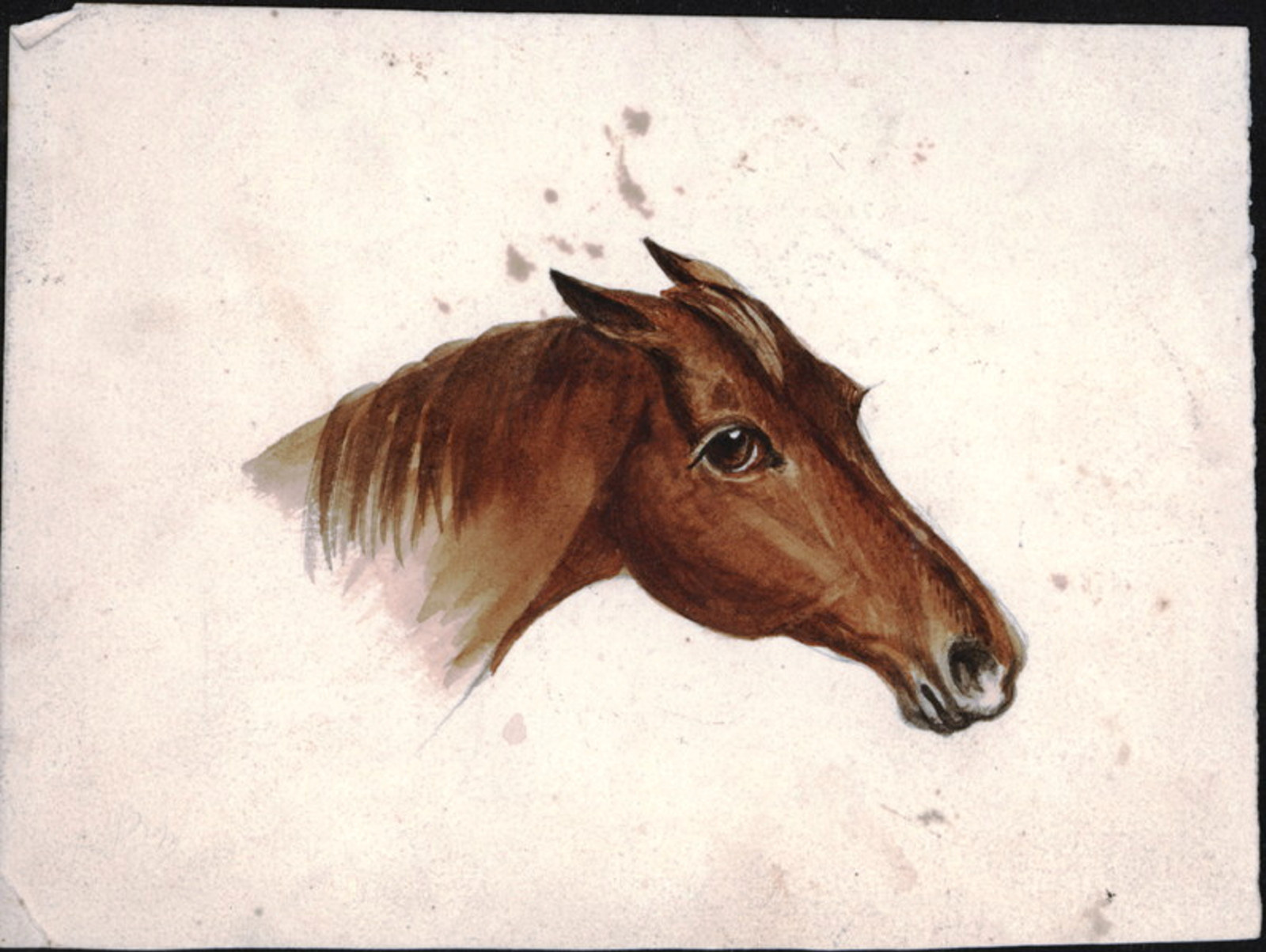Life in the past...stinks!
We know life in the past was very different to today.
But while we can’t go back in time, we can still visit the places where people once lived and worked - and do some of their jobs!
So come along and see what life was like for:
- a house servant working at Vaucluse House in the 1860s
- a farm worker at Rouse Hill Estate in the 1870s, and
- a hard-working mum living at Susannah Place, in Sydney's Rocks area, in the 1920s
You might need a peg for your nose!
Some of their jobs were a bit smelly, some were really hard work and others...well they really, really stink!
But who had the worst job of all?
And how do we do those same jobs today?
Draw your own horse!

Trace, colour and cut-out your own horse - and don't forget to give it a name!
Download the printable activity resource; the activity steps are provided below.
Step 1 - Set-up
Print out the image provided and place a clean A4 piece of paper over it; use a little bit of sticky tape to join them together.
Step 2 - Tracing the image
Stick the pieces of paper against a window so the outside light shines through - you should now see your horse clearly! Use a lead pencil to lightly trace the outline and any details that you can see.
Step 3 - Adding some colour
When you're done tracing, you can make your horse any colour you like - is it white? Brown? Chestnut? Black? Or maybe it has a white patch on one eye!
Step 4 - Cutting it out
When you're done colouring it in you could cut it out, stick it to some cardboard, or even add a paddle pop stick at the base of it's neck.
Stage 1
Past and Present Family Life
The Past in the Present
Key Inquiry Questions
- How has family life changed or remained over time?
- How can we show that the present is different from or similar to the past?
- How have changes in technology shaped our daily life?
Outcomes
- HT1-1 communicates an understanding of change and continuity in family life using appropriate historical terms
- HT1-3 describes the effects of changing technology on people's lives over time
- HT1-4 demonstrates skills of historical inquiry and communication